Related Research Articles
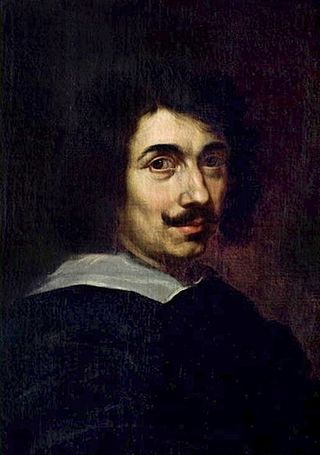
Claude Lorrain was a French painter, draughtsman and etcher of the Baroque era. He spent most of his life in Italy, and is one of the earliest important artists, apart from his contemporaries in Dutch Golden Age painting, to concentrate on landscape painting. His landscapes are usually turned into the more prestigious genre of history paintings by the addition of a few small figures, typically representing a scene from the Bible or classical mythology.

Annibale Carracci was an Italian painter and instructor, active in Bologna and later in Rome. Along with his brother and cousin, Annibale was one of the progenitors, if not founders of a leading strand of the Baroque style, borrowing from styles from both north and south of their native city, and aspiring for a return to classical monumentality, but adding a more vital dynamism. Painters working under Annibale at the gallery of the Palazzo Farnese would be highly influential in Roman painting for decades.
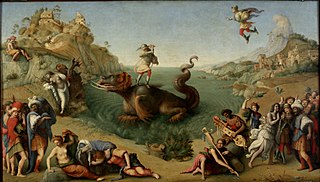
Piero di Cosimo, also known as Piero di Lorenzo, was an Italian Renaissance painter, who continued to use an essentially Early Renaissance style into the 16th century.

Il Sodoma was the name given to the Italian Renaissance painter Giovanni Antonio Bazzi. Il Sodoma painted in a manner that superimposed the High Renaissance style of early 16th-century Rome onto the traditions of the provincial Sienese school; he spent the bulk of his professional life in Siena, with two periods in Rome.
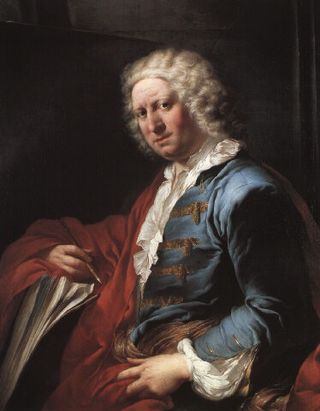
Giovanni Paolo, also known as Gian Paolo Panini or Pannini, was an Italian painter and architect who worked in Rome and is primarily known as one of the vedutisti. As a painter, Panini is best known for his vistas of Rome, in which he took a particular interest in the city's antiquities. Among his most famous works are his view of the interior of the Pantheon, and his vedute—paintings of picture galleries containing views of Rome. Most of his works, especially those of ruins, have a fanciful and unreal embellishment characteristic of capriccio themes. In this they resemble the capricci of Marco Ricci. Panini also painted portraits, including one of Pope Benedict XIV.

Benozzo Gozzoli was an Italian Renaissance painter from Florence. A pupil of Fra Angelico, Gozzoli is best known for a series of murals in the Magi Chapel of the Palazzo Medici-Riccardi, depicting festive, vibrant processions with fine attention to detail and a pronounced International Gothic influence. The chapel's fresco cycle reveals a new Renaissance interest in nature with its realistic depiction of landscapes and vivid human portraits. Gozzoli is considered one of the most prolific fresco painters of his generation. While he was mainly active in Tuscany, he also worked in Umbria and Rome.

Giuseppe Maria Crespi, nicknamed Lo Spagnuolo, was an Italian late Baroque painter of the Bolognese School. His eclectic output includes religious paintings and portraits, but he is now most famous for his genre paintings.

Andrea Pozzo was an Italian Jesuit brother, Baroque painter, architect, decorator, stage designer, and art theoretician.

Death of the Virgin (1606) is a painting by the Italian Baroque master Caravaggio depicting the death of the Virgin Mary. It is part of the permanent collection of the Musée du Louvre, in Paris.

Francesco Maria del Monte, full name Francesco Maria Bourbon del Monte Santa Maria, was an Italian cardinal, diplomat, and connoisseur of the arts. His fame today rests on his early patronage of the important Baroque master Caravaggio, and on his art collection which provides provenance for many important works of the period.

Michelangelo Cerquozzi, known as Michelangelo delle Battaglie was an Italian Baroque painter known for his genre scenes, battle pictures, small religious and mythological works and still lifes. His genre scenes were influenced by the work of the Flemish and Dutch genre artists referred to as the Bamboccianti active in Rome who created small cabinet paintings and prints of the everyday life of the lower classes in Rome and its countryside. One of the leading battle painters active in Italy in the first half of the 17th century, Michelangelo Cerquozzi earned the nickname 'Michelangelo delle Battaglie'.
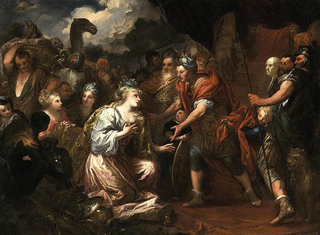
Pietro Dandini was an Italian painter of the Baroque period, active mainly in Florence.

JohannesLingelbach was a Dutch Golden Age painter, associated with the second generation of Bambocciate, a group of genre painters working in Rome from 1625–1700.
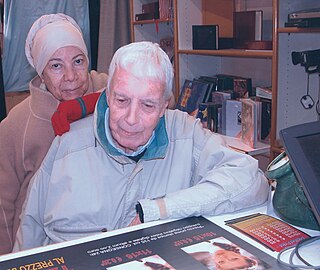
Jacqueline Nesti Joseph, is a Haitian painter from Port-au-Prince. During a career of over 50 years, Joseph has had exhibitions all over the world including the Solomon R. Guggenheim Museum in New York.
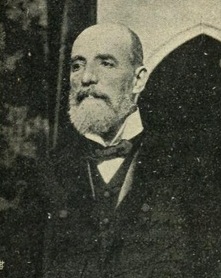
Cesare Maccari was an Italian painter and sculptor, most famous for his 1888 painting Cicerone denuncia Catilina.

Alberto Pisa was an Italian painter, often painting ruins, landscapes, and garden views in bright watercolor.
Giovanni Domenico Piastrini (1678–1740) was an Italian painter of the Baroque period, active in Tuscany and Rome.
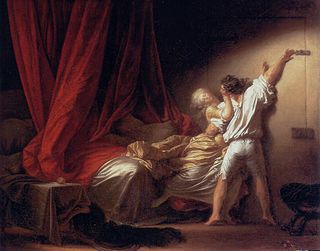
The Bolt, also known as The Lock, is a gallant scene painted by Jean-Honoré Fragonard in 1777. It is one of the most famous paintings by the painter. The common interpretation suggests that the scene depicts two lovers entwined in a bedroom, the man locking the door. The painting is preserved in the Louvre Museum, in the section of the Department of Paintings devoted to eighteenth-century French painting on the second floor of the Sully wing. It stands together with some of the most famous pictorial masterpieces of the same period, in a chronologically organized path. This painting, a true symbol of the libertine spirit of the 18th century, reflects the state of mind adopted by the painters of the era, notably that of François Boucher, one of Fragonard's teachers and a great representative of rococo painting.
Alberto Malaspina was an Italian painter, depicting landscapes and seascapes.

Portrait of Cardinal Alessandro Farnese is a c. 1545–46 oil on canvas three-quarter-length portrait of Alessandro Farnese the Younger (1520–1589) by Titian, now in the Museo nazionale di Capodimonte in Naples.
References
- ↑ Palazzo Blu, Pisa museum.